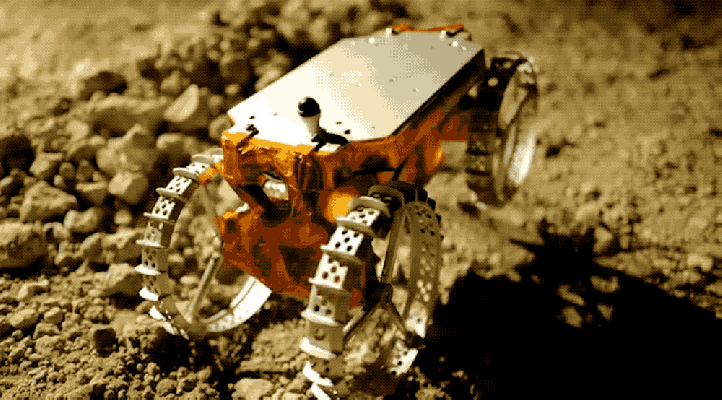
Lunar exploration startup Astrobotic is working on developing ultra-fast wireless charging technology for its CubeRover shoebox-sized lunar robotic explorers. The project, which is funded by NASA’s Tipping Point program with a $5.8 million award, will tap Seattle-based wireless charging startup WiBotic for expertise in high-speed, short-range wireless power, and brings in Bosch to assist with developing the AI-based data analysis that will help the robots find their way to docking stations for a wireless power-up.
Existing lunar rovers are typically powered by sunlight, but they’re actually very large (roughly car-sized or larger) and they have a lot of surface area to soak up rays via solar panels. Astrobotic’s rovers, which will initially be under five pounds in weight, won’t have much area to collect the sun’s power, and will instead have to rely on secondary power sources to keep enough energy for their exploratory operations.
That’s where WiBotic comes in. Working together with the University of Washington, the startup will be developing a “lightweight, ultra-fast proximity charging solution, compromised of a base station and power receiver” specifically for use in space-based applications. But finding these stations will be its own special challenge – particularly in a lunar context, where things like GPS don’t come into play. Instead, Bosch will leverage data collected from sensors on board the robot to generate a sensor-fusion result that can provide it with autonomous navigation capabilities. That work could be instrumental in helping future rovers navigate not only to power stations, but also to various destinations on the lunar surface as robotic science and exploration missions ramp up.
The goal is to have a demonstration rover charging system ready to show off sometime in 2023, and the partners will be working together with NASA’s Glenn Research Center to test the technology in the facility’s thermal vacuum chamber test lab.






















